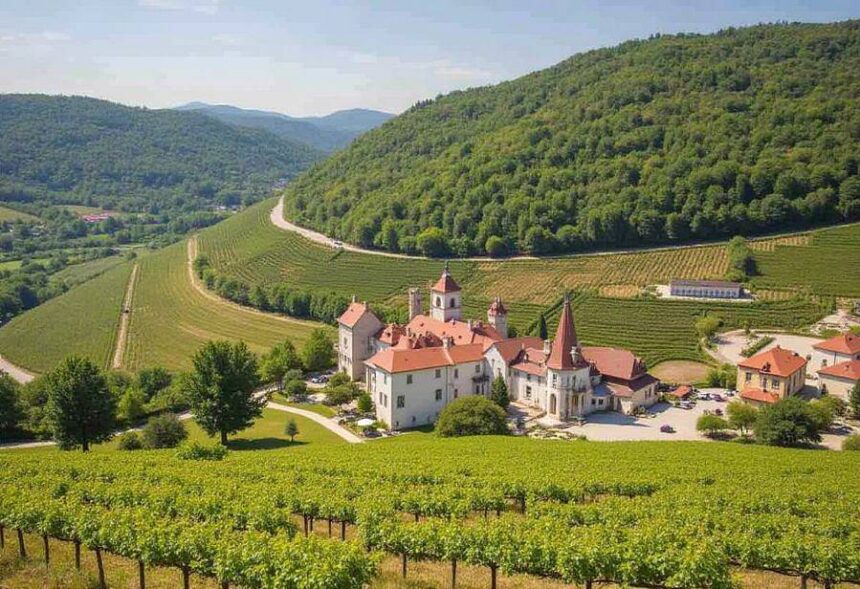In a world saturated with digital noise and fleeting experiences, sensory journeys offer something profoundly grounding: connection.
Whether it’s the scent of lavender in Provence, the texture of handmade pottery in Tuscany, or the taste of a bold red in Villány, these moments awaken our senses and embed themselves into our personal narratives. Nowhere is this more evident than in the vineyards of Hungary, where wine tasting becomes a gateway to memory, meaning, and identity.
Here are four ways sensory journeys—especially those through hungary wineries—strengthen the stories we tell about ourselves.
1. They Root Us in Place
Sensory experiences are deeply tied to geography. The crisp minerality of a Furmint from Tokaj or the velvety depth of a Kékfrankos from Szekszárd isn’t just about flavor—it’s about terroir. When you visit a Hungarian winery, you’re not just tasting wine; you’re tasting the soil, the climate, and the culture that shaped it.
This rootedness gives our stories texture. Instead of saying “I went to Hungary,” we say, “I stood in a 200-year-old cellar carved into volcanic rock, sipping a wine made from grapes grown on the slopes above.” These details transform travel into narrative, and narrative into legacy.
2. They Engage Emotion Through Ritual
Wine tasting is a ritual—one that invites presence. The swirl, the sniff, the sip, the pause. Each step is deliberate, each moment an invitation to slow down and feel. In Hungary, this ritual is often accompanied by storytelling from winemakers who speak not just of fermentation, but of family, resilience, and pride.
These emotional layers enrich our personal stories. We remember the warmth of the host, the laughter shared over a glass, the quiet awe of tasting something truly rare. Sensory journeys like these become emotional bookmarks in our lives—chapters we return to again and again.
3. They Spark Curiosity and Learning
Hungary’s wine regions are a masterclass in diversity. From the volcanic whites of Somló to the robust reds of Villány, each winery offers a lesson in history, botany, and chemistry. Tasting becomes learning, and learning becomes part of our identity.
When we engage our senses in this way, we become active participants in our own stories. We ask questions, we seek understanding, we connect dots. And later, when we share these experiences, we’re not just recounting events—we’re sharing insights, perspectives, and growth.
4. They Create Shared Moments That Last
Sensory journeys are often communal. A wine tasting in Hungary might involve a group of strangers who become friends over the course of an afternoon. The clink of glasses, the shared surprise at a new flavor, the collective joy of discovery—these are moments that bind us.
Such shared experiences become part of our personal mythology. “Remember that winery in Badacsony?” becomes a phrase that evokes laughter, nostalgia, and connection. These stories are not just ours—they’re co-authored with others, and that makes them even more powerful.
Final Pour
Hungary’s wineries are more than destinations—they’re catalysts for storytelling. They offer sensory journeys that root us in place, engage our emotions, spark curiosity, and create lasting bonds. In a time when many experiences feel fleeting, these moments remind us of who we are, where we’ve been, and what truly matters.
So whether you’re planning your next adventure or simply seeking a deeper connection to the world around you, consider the power of sensory travel. Let the vineyards of Hungary be your starting point—and let your story unfold, one sip at a time.
